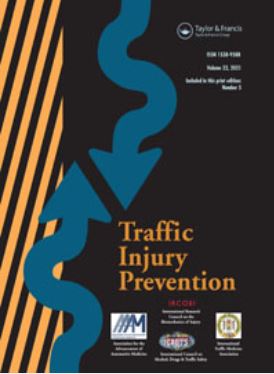
The objective of the present study is twofold: (i) to explore the riding behavior of motorcyclists while speeding, based on detailed riding analytics collected by smartphone sensors, and (ii) to investigate whether personalized feedback can improve motorcyclist behavior. In order to achieve the objective, a naturalistic riding experiment with a sample of 13 motorcyclists based on a smartphone application developed within the framework of the BeSmart project was conducted. Using risk exposure and riding behavior indicators calculated from smartphone sensor data, Generalized Linear Mixed-Effects Models are calibrated to correlate the percentage of riding time over the speed limit with other riding behavior indicators. An overall model was developed for all trips, as well as separate models for the parts of trips realized on different road types (urban and rural). Results indicate that the parameters of trip duration, distance driven during risky hours, morning peak hours and the number of harsh accelerations are all determined as statistically significant and positively correlated with the percentage of speeding time. Additionally, the provision of rider feedback and riding during afternoon peak hours are statistically significant and correlated with decreased percentages of speeding time.The outcomes of this study entail both scientific and social impacts. The present research contributes a preliminary example of the quantitative documentation of the impact of personalized rider feedback on one of the most important human risk factors; speeding. The ultimate objective when providing feedback to riders is to: (i) trigger their learning and self-assessment process, thus enabling them to gradually improve their performance and (ii) monitor the shift of riding behavior as the application provides feedback. The present results capture and quantify the positive effects of rider feedback, thus providing needed impetus for larger-scale applications as well as relevant policy interventions.
| ID | pj196 |
| Manuscript | |
| DOI | |
| Tags | big data, driver behaviour, motorcyclists, naturalistic driving, statistical modelling, telematics |







